Wonderful glimpses of summer
2021
You may also like

2021
San Gimignano. Glimpses of historic center
San Gimignano is an Italian town of 7 447 inhabitants in the province of Siena in Tuscany. For the characteristic medieval architecture of its historic center it has been declared a World Heritage Site by UNESCO. The site of San Gimignano, despite some nineteenth-twentieth-century restorations, is mostly intact in its thirteenth-fourteenth century appearance and is one of the best examples in Europe of urban organization of the municipal age. Granted by Royal Decree of 29 April 1936, San Gimignano boasts the title of city San Gimignano stands on a place certainly inhabited by the Etruscans, at least from the third century BC. The hill was chosen for strategic reasons, being dominant (324 m a.s.l.) over the high Val d'Elsa. On the slopes of Poggio del Comune (624 m a.s.l.) there are the ruins of Castelvecchio, a village from the Lombard period. The first mention dates back to 929. In the Middle Ages the city was located on one of the routes of the Via Francigena, which Sigeric, archbishop of Canterbury, traveled between 990 and 994 and which for him represented the 19th stage (Mansio) of his itinerary return from Rome to England. Sigeric named it Sancte Gemiane, also indicating the village as a point of intersection with the road between Pisa and Siena. According to tradition, the name derives from the holy bishop of Modena, who defended the village from the occupation of Attila. The first city walls dates back to 998 and included the hill of Montestaffoli, where there was already a fortress seat of the market owned by the bishop of Volterra, and the poggio della Torre with the bishop's castle.
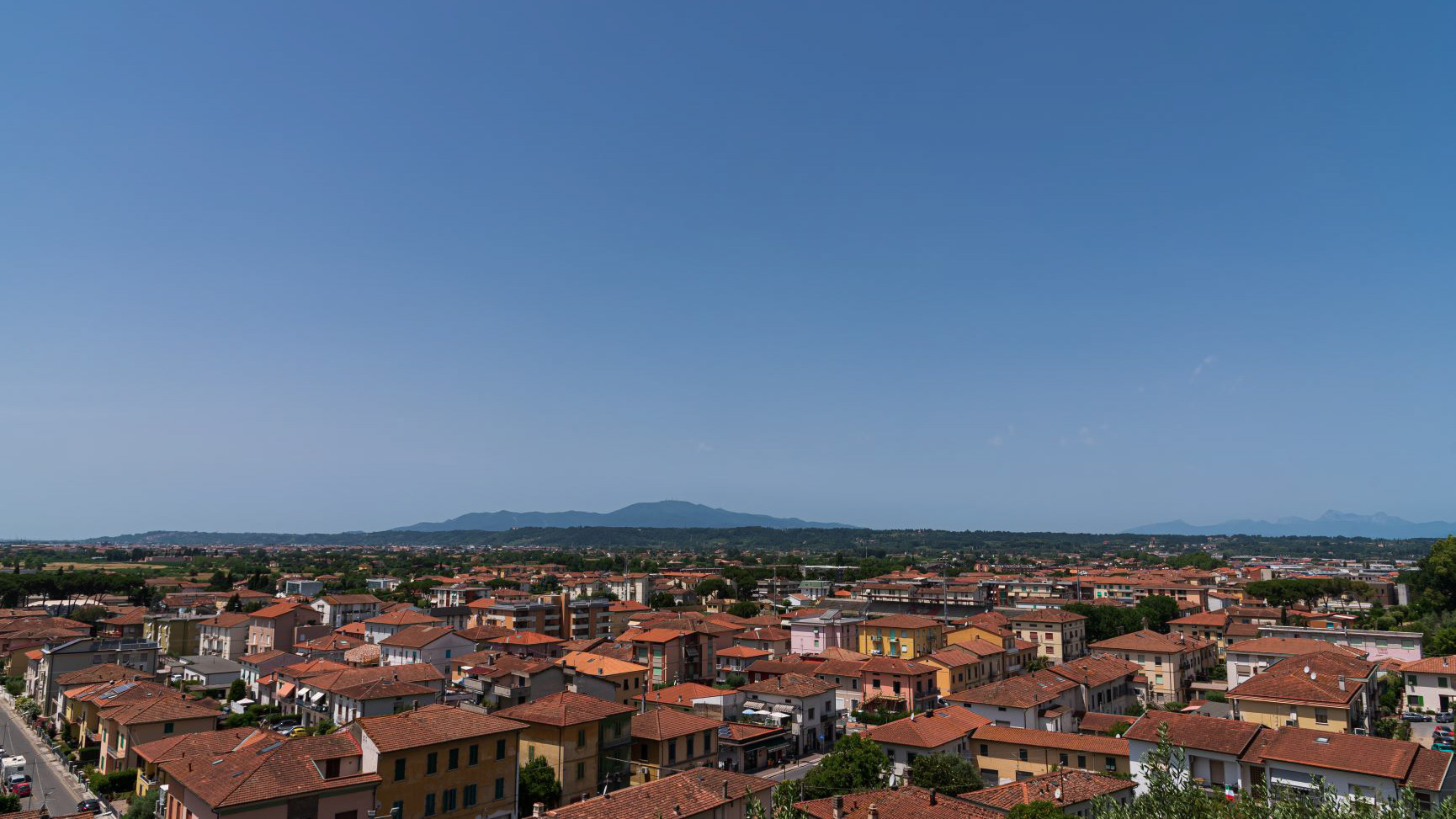
2021
Fucecchio. Panorama from the lookout of the city
Fucecchio is an Italian town of 23,076 inhabitants in the metropolitan city of Florence in Tuscany, in the lower Valdarno.
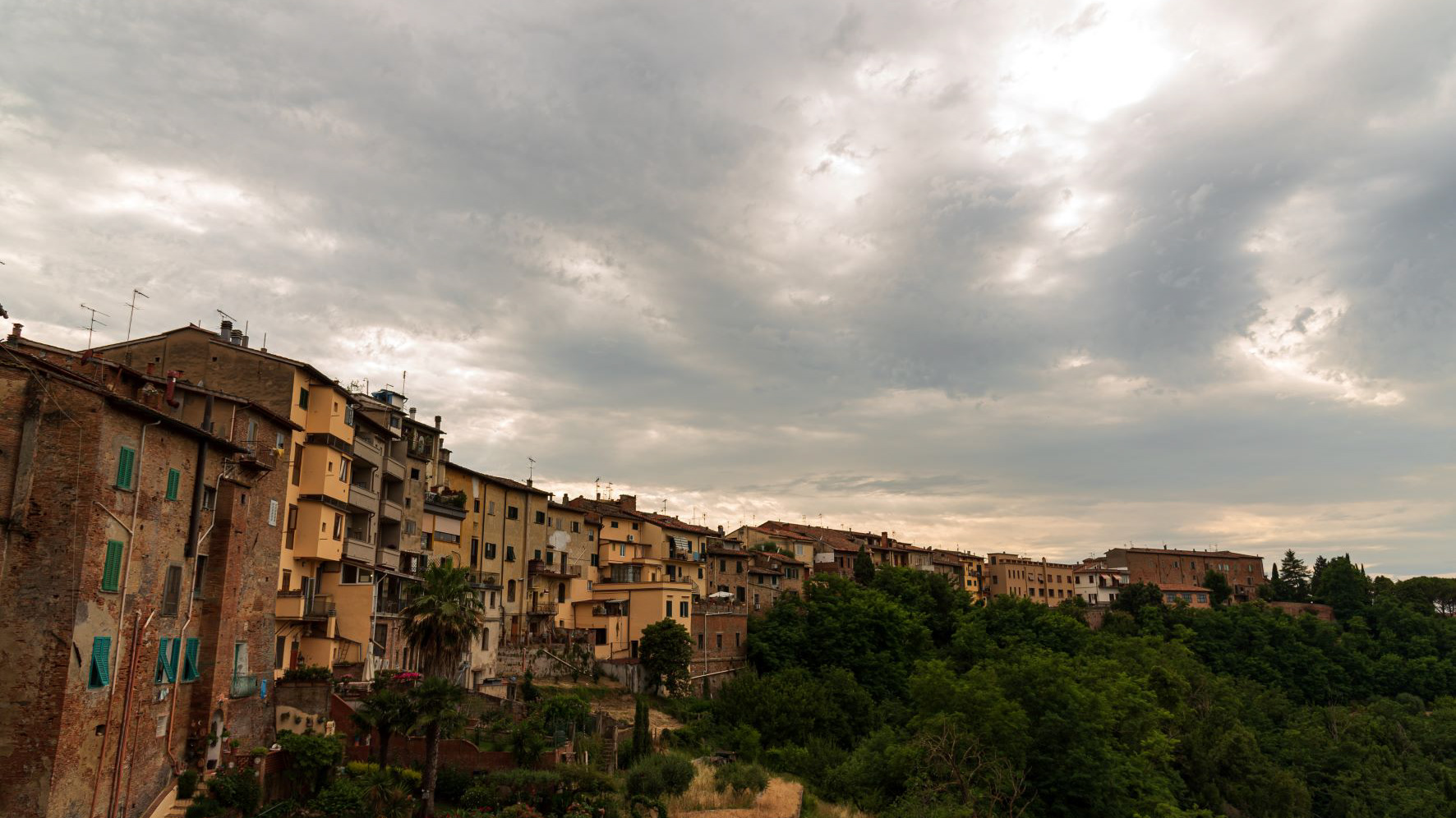
2021
San Miniato. Views on a summer day with clouds
San Miniato is an Italian municipality in Tuscany. The historic center of the city is located in a strategic position on a hill halfway between Florence and Pisa.
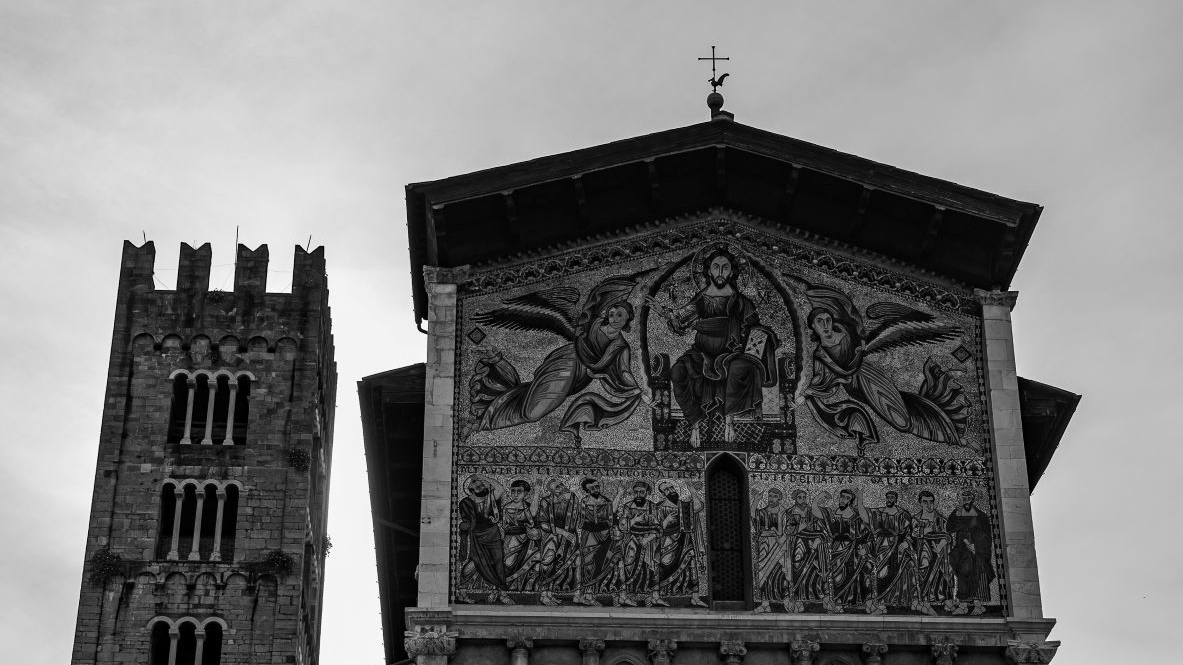
2021
Lucca, Tuscany. The basilica of San Frediano
The basilica of San Frediano is one of the oldest Catholic places of worship in Lucca, in Romanesque style, and is located in the homonymous square.
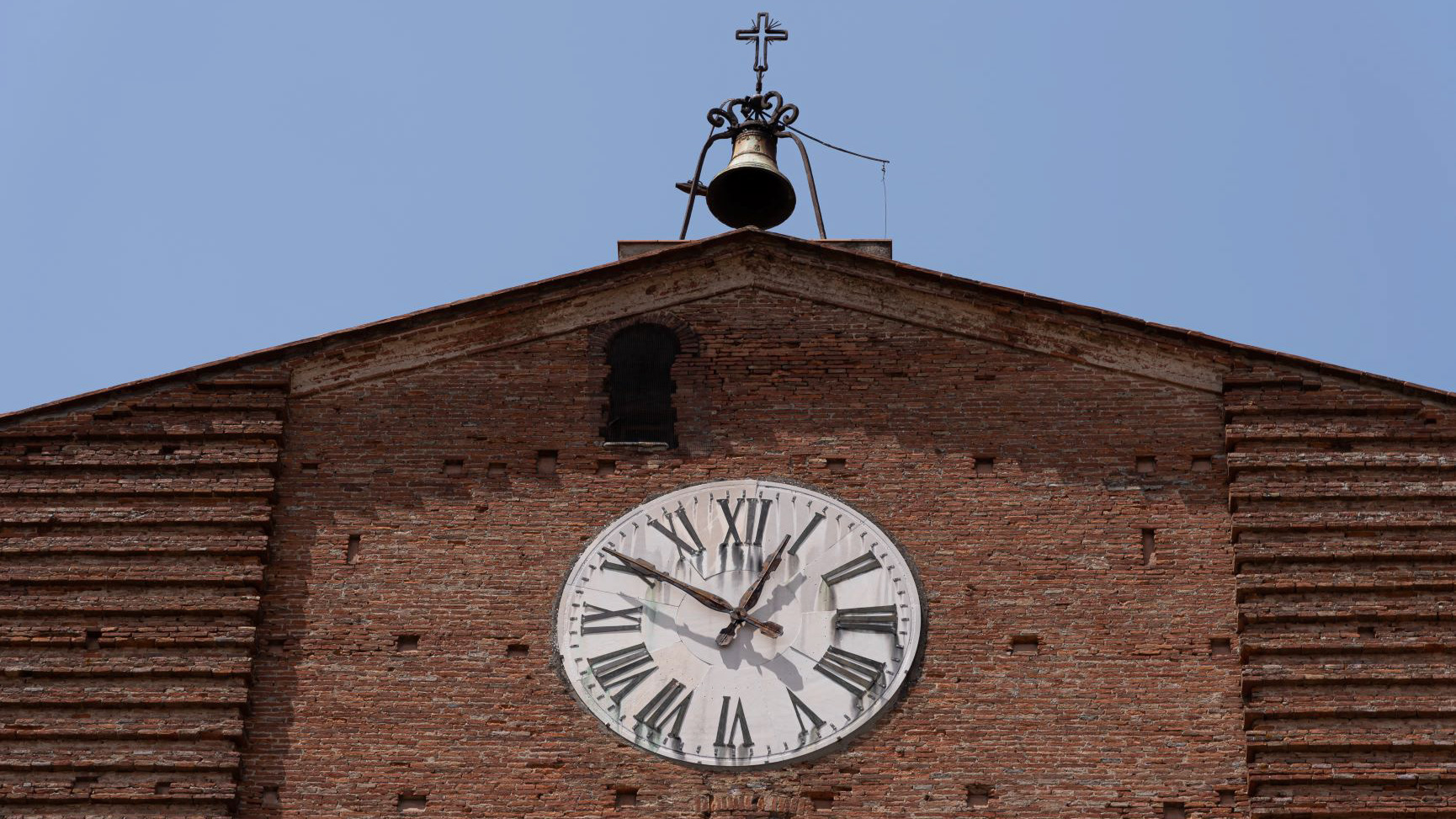
2021
Fucecchio, Collegiate Church of San G. Battista
Fucecchio, Collegiate Church of San Giovanni Battista. Named after San Giovanni Battista, it stands on today's Piazza Vittorio Veneto, on the site of the ancient parish church.

2021
Fucecchio, Tuscany. Corsini Park. The fortified towers
2021
San Gimignano. The church of Sant'Agostino
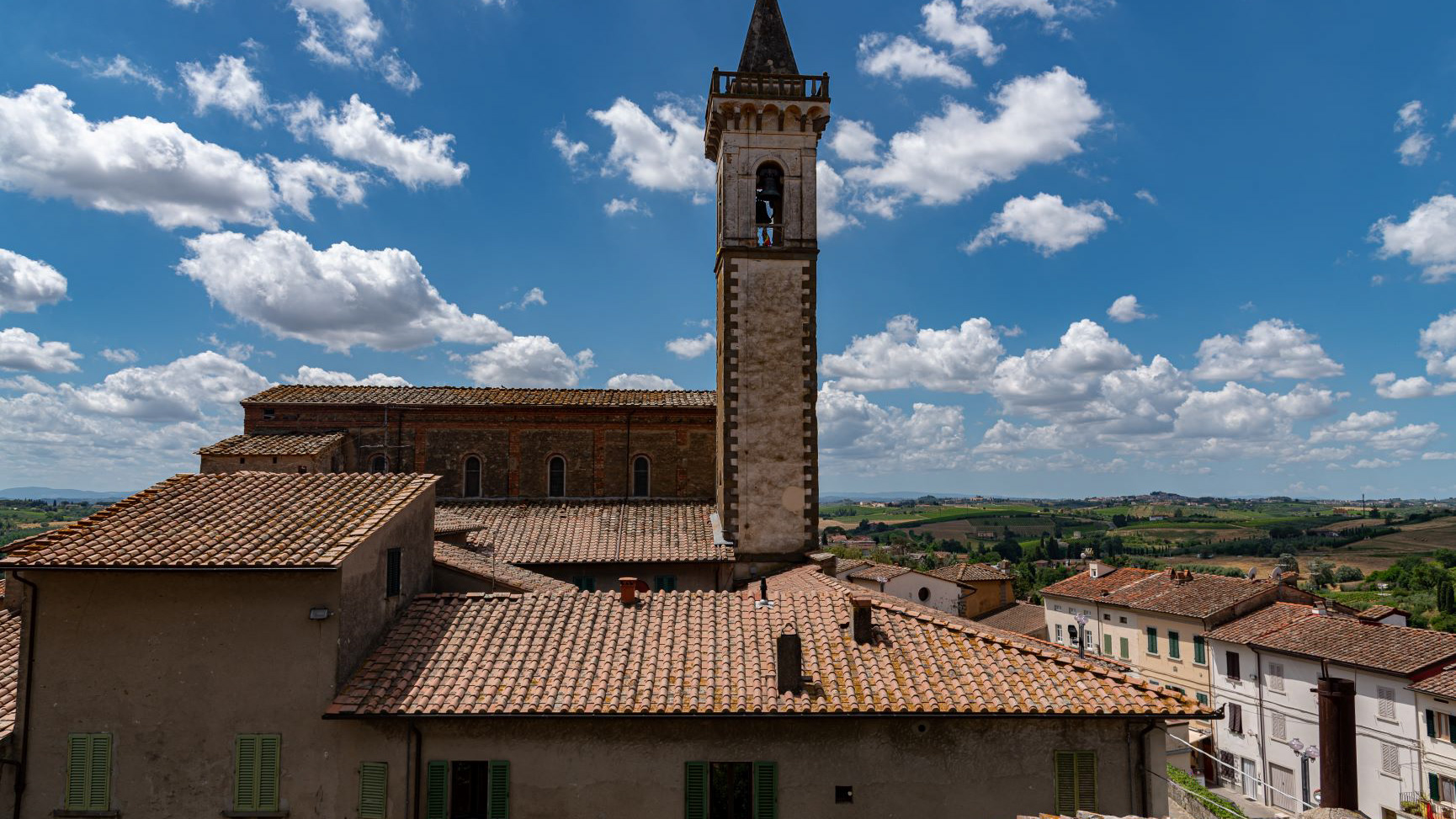
2021
Vinci. Wonderful views of summer.
Vinci is an Italian town of 14 615 inhabitants in the metropolitan city of Florence, in Tuscany. It is known to have been the place of origin of Leonardo da Vinci.

2009
Fiesole
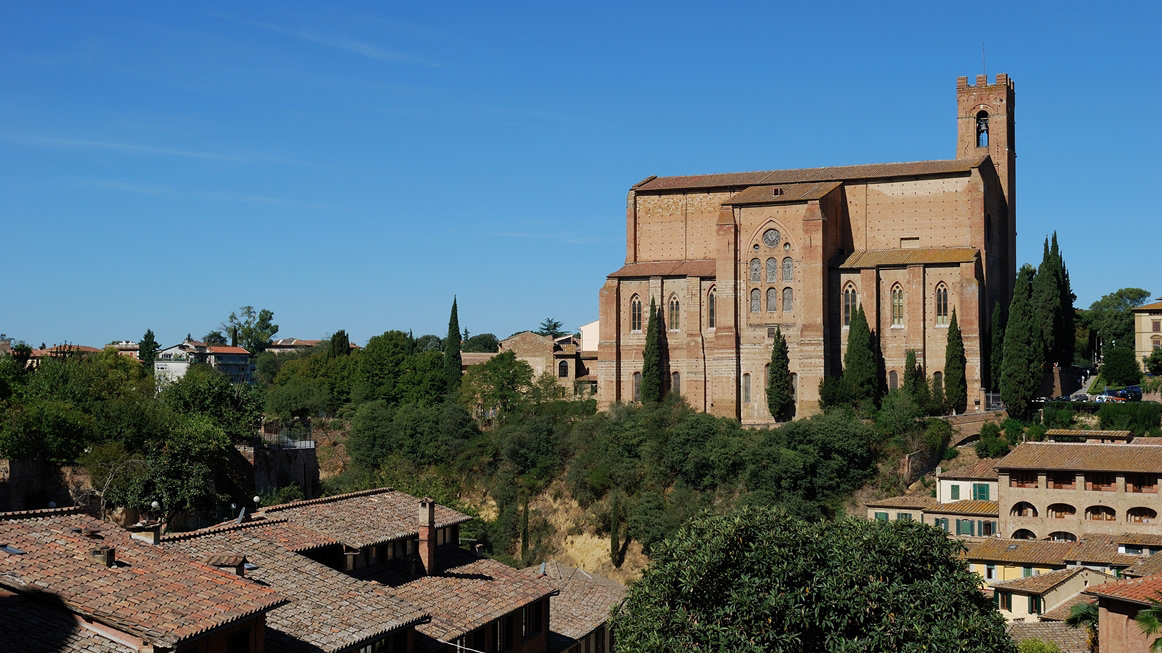
2007
Siena
Siena is an Italian town of 53 818 inhabitants, the capital of the province of the same name in Tuscany. The city is universally known for its huge historical, artistic and landscape heritage and for its substantial stylistic unity of medieval urban furniture, as well as for the famous Palio. In 1995 its historic center was included in the UNESCO World Heritage Site. The city is home to the Banca Monte dei Paschi di Siena, founded in 1472 and therefore the oldest bank in business as well as the longest-running in the world.
